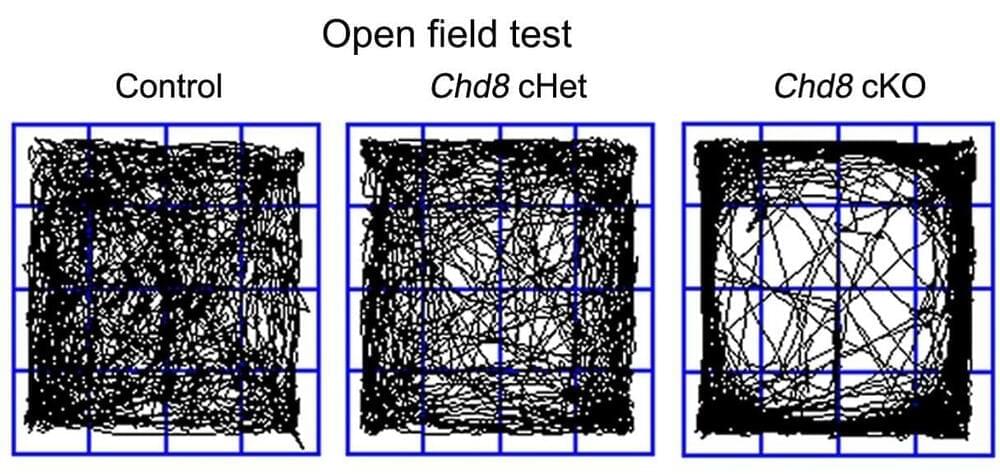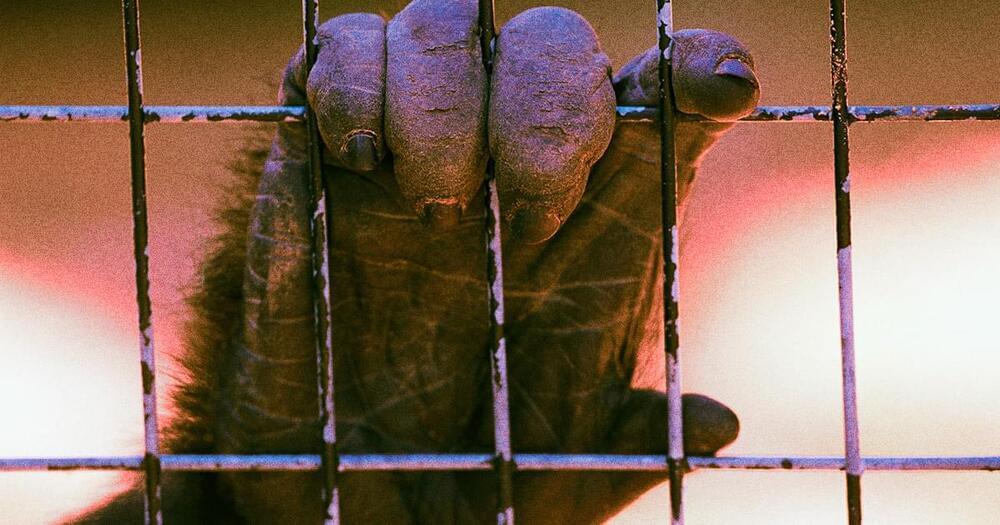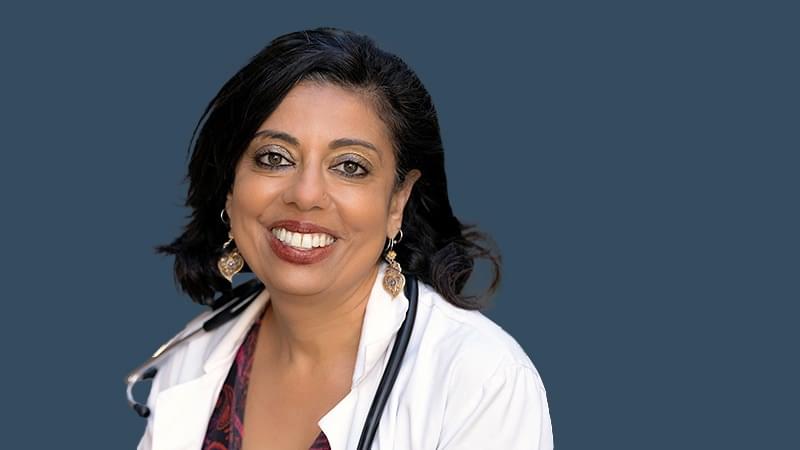😗
Illumina just announced a machine that can crack genomes twice as fast as its current version—and drive the cost down to $200 a pop.


In adult mice with loss of CHD8 gene function, FDA-approved drug partially restores disrupted brain cell production
CINCINNATI, Sept. 23, 2022 /PRNewswire/ — Research led by a scientist at Cincinnati Children’s who primarily studies brain tumors may open doors for improved treatment of autism.
Autism spectrum disorder (ASD) affects about one in 40 children between ages 3 and 17, according to the National Survey of Children’s Health. Those affected often experience difficulty socializing, impaired language development, repetitive behaviors, and other symptoms. Of those tested for various genes linked to the condition, nearly everyone with disruptive mutations of the gene CHD8 has autism.
Advancements in 3D printing have made it easier for designers and engineers to customize projects, create physical prototypes at different scales, and produce structures that can’t be made with more traditional manufacturing techniques. But the technology still faces limitations—the process is slow and requires specific materials which, for the most part, must be used one at a time.
Researchers at Stanford have developed a method of 3D printing that promises to create prints faster, using multiple types of resin in a single object. Their design, published recently in Science Advances, is 5 to 10 times faster than the quickest high-resolution printing method currently available and could potentially allow researchers to use thicker resins with better mechanical and electrical properties.
“This new technology will help to fully realize the potential of 3D printing,” says Joseph DeSimone, the Sanjiv Sam Gambhir Professor in Translational Medicine and professor of radiology and of chemical engineering at Stanford and corresponding author on the paper. “It will allow us to print much faster, helping to usher in a new era of digital manufacturing, as well as to enable the fabrication of complex, multi-material objects in a single step.”

A California university is refusing to release a cache of grisly photos of monkeys reportedly injured during experiments testing Elon Musk’s Neuralink brain implant technology, in spite of a lawsuit aiming to force the school’s hand.
In a press release, the Physicians Committee for Responsible Medicine (PCRM) advocacy group said that it had learned that the University of California, Davis is in possession of 371 photos of the experimented-upon monkeys that were subjected to Neuralink tests, which took place at the school’s veterinary lab facilities.
Earlier this year, Neuralink admitted that a fifth of the 23 rhesus macaques monkeys it used to test its brain-hacking implants had been euthanized after developing infections and malfunctions. Bolstering PCRM’s credibility, that admission came in the wake of its a complaint it filed against Neuralink.

“From day one, we’ve taken an aggressive public health approach to combat the spread of polio and ensure New Yorkers are protected,” Hochul said. “This declaration will bolster our ongoing efforts to protect New Yorkers against paralytic disease, prevent spread, and support our public health partners.”
Public health officials at the county level will have expanded ability to receive funding and resources for immunization clinics and conduct outreach for unvaccinated and under-vaccinated New York residents. Local health officials will be able to claim a reimbursement for these efforts, back dated to July 21 and running through Dec. 31.
“Working daily with local county health departments, our partners at CDC, and trusted leaders, the Department is working effectively to increase childhood and community vaccination rates in counties where the virus has been detected,” Bassett said. “Thanks to long-established school immunization requirements, the vast majority of adults, and most children, are fully vaccinated against polio. Our focus remains on ensuring the on-time administration of polio vaccination among young children and catching kids and adults up who are unimmunized and under-immunized in the affected areas. That work continues at full force.”



Scientists at the Krembil Brain Institute, part of the University Health Network, have proposed a new mechanistic model (AD2) for Alzheimer’s, looking at it not as a brain disease, but as a chronic autoimmune condition that attacks the brain.
This novel research is published today, in Alzheimer’s & Dementia.
“We don’t think of Alzheimer’s as fundamentally a disease of the brain. We think of it as a disease of the immune system within the brain,” says Dr. Donald Weaver, co-Director of the Krembil Brain Institute and author of the paper.

Methuselah Foundation recently announced a $1 million competition to.
encourage innovation that will enable medicine to move away from unreliable.
animal testing. The change is long overdue. In the U.S., all our food and.
drug research has been guided by the 1938 Federal Food, Drug and Cosmetics.
Act, which requires that every drug be tested on animals. While this was.
state-of-the-art scientific process 84 years ago, we can do much better today. The reason why is simple: Animal testing is unreliable, ineffective.
And costly.
Neurodegenerative diseases—like amyotrophic lateral sclerosis (ALS, or Lou Gehrig’s disease), Alzheimer’s, and Parkinson’s—are complicated, chronic ailments that can present with a variety of symptoms, worsen at different rates, and have many underlying genetic and environmental causes, some of which are unknown. ALS, in particular, affects voluntary muscle movement and is always fatal, but while most people survive for only a few years after diagnosis, others live with the disease for decades. Manifestations of ALS can also vary significantly; often slower disease development correlates with onset in the limbs and affecting fine motor skills, while the more serious, bulbar ALS impacts swallowing, speaking, breathing, and mobility. Therefore, understanding the progression of diseases like ALS is critical to enrollment in clinical trials, analysis of potential interventions, and discovery of root causes.
However, assessing disease evolution is far from straightforward. Current clinical studies typically assume that health declines on a downward linear trajectory on a symptom rating scale, and use these linear models to evaluate whether drugs are slowing disease progression. However, data indicate that ALS often follows nonlinear trajectories, with periods where symptoms are stable alternating with periods when they are rapidly changing. Since data can be sparse, and health assessments often rely on subjective rating metrics measured at uneven time intervals, comparisons across patient populations are difficult. These heterogenous data and progression, in turn, complicate analyses of invention effectiveness and potentially mask disease origin.
Now, a new machine-learning method developed by researchers from MIT, IBM Research, and elsewhere aims to better characterize ALS disease progression patterns to inform clinical trial design.